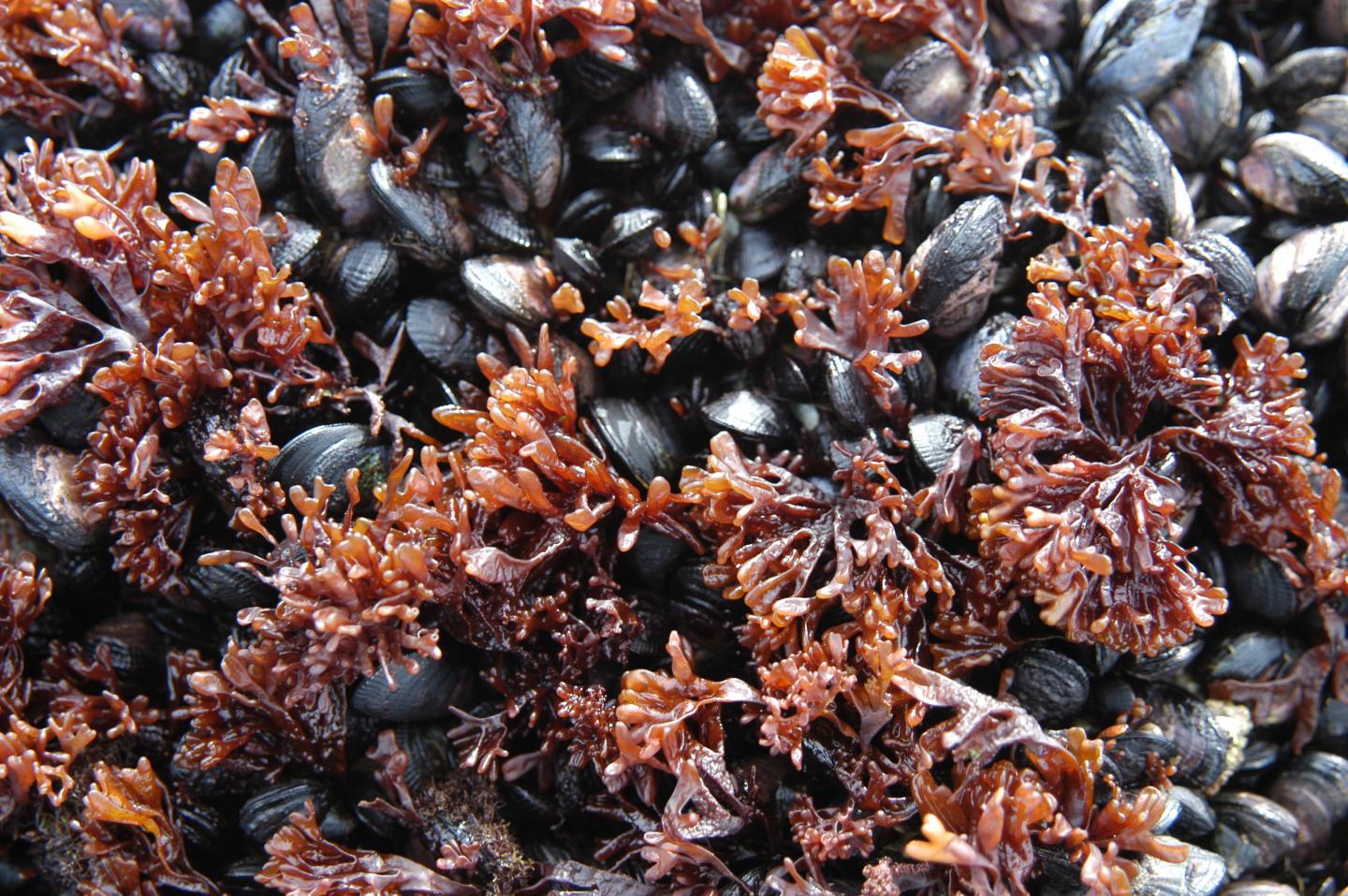A new study identifies the non-native species most likely to invade the Antarctic Peninsula region over the next decade. It provides a baseline for all operators in the region to look at mitigation measures. The study is published in the journal Global Change Biology (13th January 2020).
Fragile polar biological communities in marine and terrestrial Antarctic habitats are vulnerable to invasion by species from other parts of the world. In some cases they can have devastating effects. Lead author Dr Kevin Hughes, an environmental researcher at British Antarctic Survey (BAS), worked with an international team of researchers to identify which non-native species are most likely to threaten biodiversity and ecosystems in the Antarctic Peninsula region.

The team studied hundreds of academic papers, reports and databases, to find species most likely to invade the Antarctic Peninsula region. Of the 103 species considered in detail, 13 were identified as most likely to invade.
Dr Hughes says: “The Antarctica Peninsula region is by far the busiest and most visited part of Antarctica due to growing tourism and scientific research activities. Non-native species can be transported to Antarctica by many different means. Visitors can carry seeds and non-sterile soil attached to their clothing and footwear. Imported cargo, vehicles and fresh food supplies can hide species, including insects, plants and even rats and mice. Marine species present a particular problem as they can be transported to Antarctica attached to ship hulls. They can be very difficult to remove once established.”
BAS marine biologist and co-author Dr David Barnes says:
“Marine invertebrates such as mussels and crabs are top of the list of species considered most likely to invade the Antarctic Peninsula region, but flowering plants such as button weeds (e.g. Leptinella scariosa) and mites and springtails were also identified. We know mussels can survive in polar waters, and can spread easily. When they establish they can dominate life by smothering the native marine animals that live on the seabed.”
[ad_336]
Some of the sub-Antarctic islands such as Marion Island and South Georgia have already been invaded by rats, mice or other vertebrates. However, this is not expected to happen on the Antarctic Peninsula anytime soon.
Professor Helen Roy, an ecologist at the UK Centre for Ecology & Hydrology who oversaw the study, says:
“We think the conditions in the Antarctic Peninsula region will remain too extreme to allow rodents to colonise outside. However, rats and mice could survive by hiding within research station buildings, so everyone needs to remain vigilant for droppings and gnaw marks”.
Some non-native species have already established themselves near research stations and visitor sites. Eradication of invasive species is possible but has proven difficult and costly. Professor Roy continues:
“It is critical to ensure that comprehensive biosecurity checks are implemented by all visitors coming to the area to prevent invasive non-native species getting to Antarctica in the first place. Only then will we be able to reduce the risks and protect these amazing, but vulnerable Antarctic communities from the threat of invasive non-native species.”
[rand_post]
This study was funded by the UK Government through the GB Non-Native Species Secretariat and Natural Environment Research Council (NERC-UKRI), and includes scientists from Argentina, Austria, Belgium, Cyprus, Ireland, Italy, Spain, the United Kingdom (including its Overseas Territories of the British Antarctic Territory, Falkland Islands, South Georgia & the South Sandwich Islands and Tristan da Cunha) and the United States.